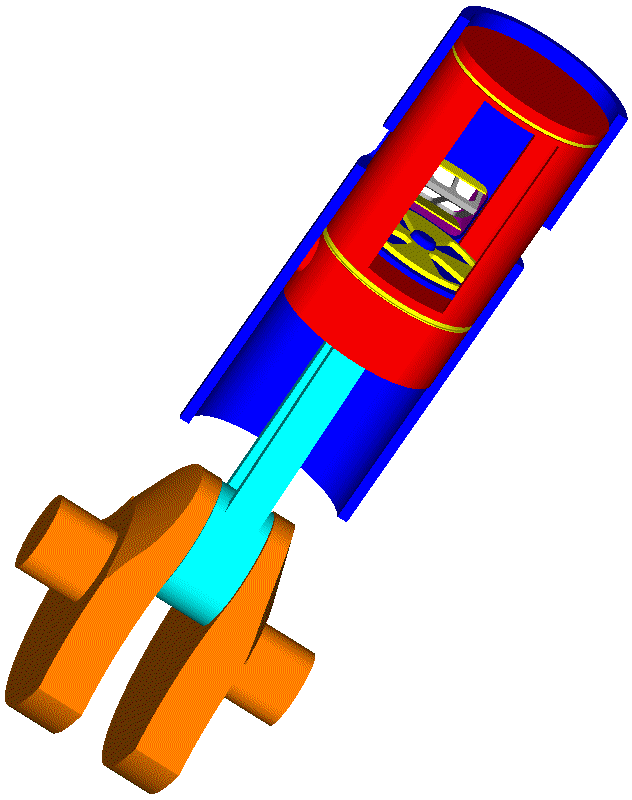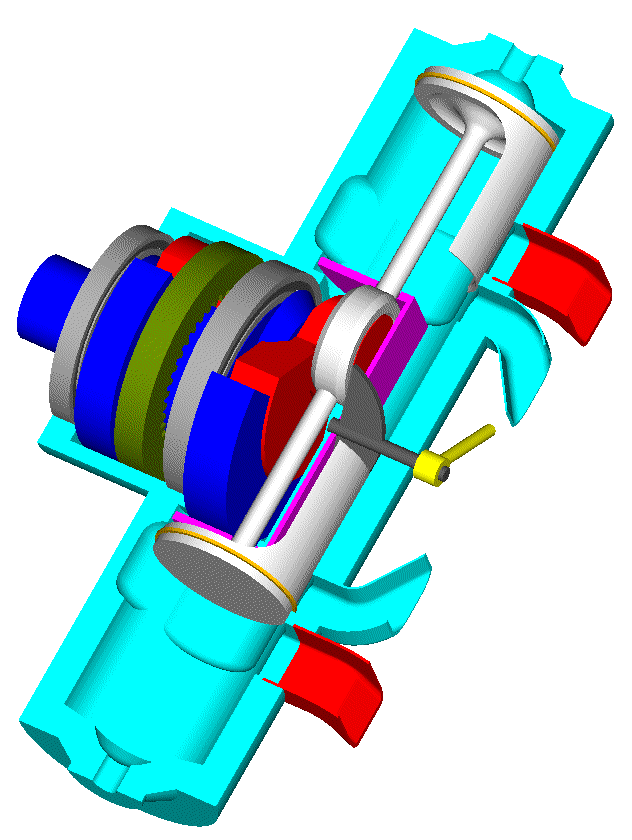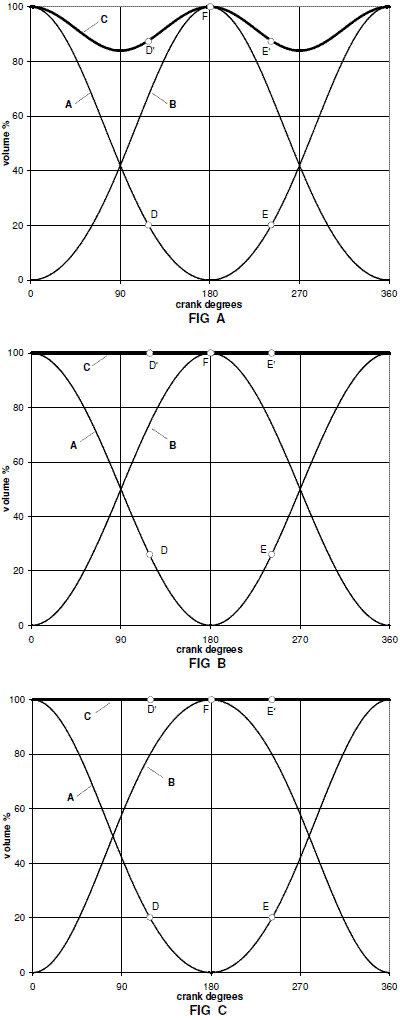Err, squish should be 0.5. Never got that high a reading on the dyno I use, but hadn't redone on that dyno since Sketchy reshaped the head.
Don't remember it falling off quite so steep, but certainly was never ideal there. Sub ex ports were left close to std size as this was done well before I'd seen a modern barrel with enormous sub's. That would have to help blowdown and overrev, but mean a replate.





 Reply With Quote
Reply With Quote

 ) of carbon build up at the exhaust site of the cylinder head. A nice perfect triangular starting from the spark plug towards the squish edge.
) of carbon build up at the exhaust site of the cylinder head. A nice perfect triangular starting from the spark plug towards the squish edge. 
 . don't waste your breath explaining to them why the radiator shouldn't go directly in front of the aluminum fuel tank either
. don't waste your breath explaining to them why the radiator shouldn't go directly in front of the aluminum fuel tank either 






Bookmarks